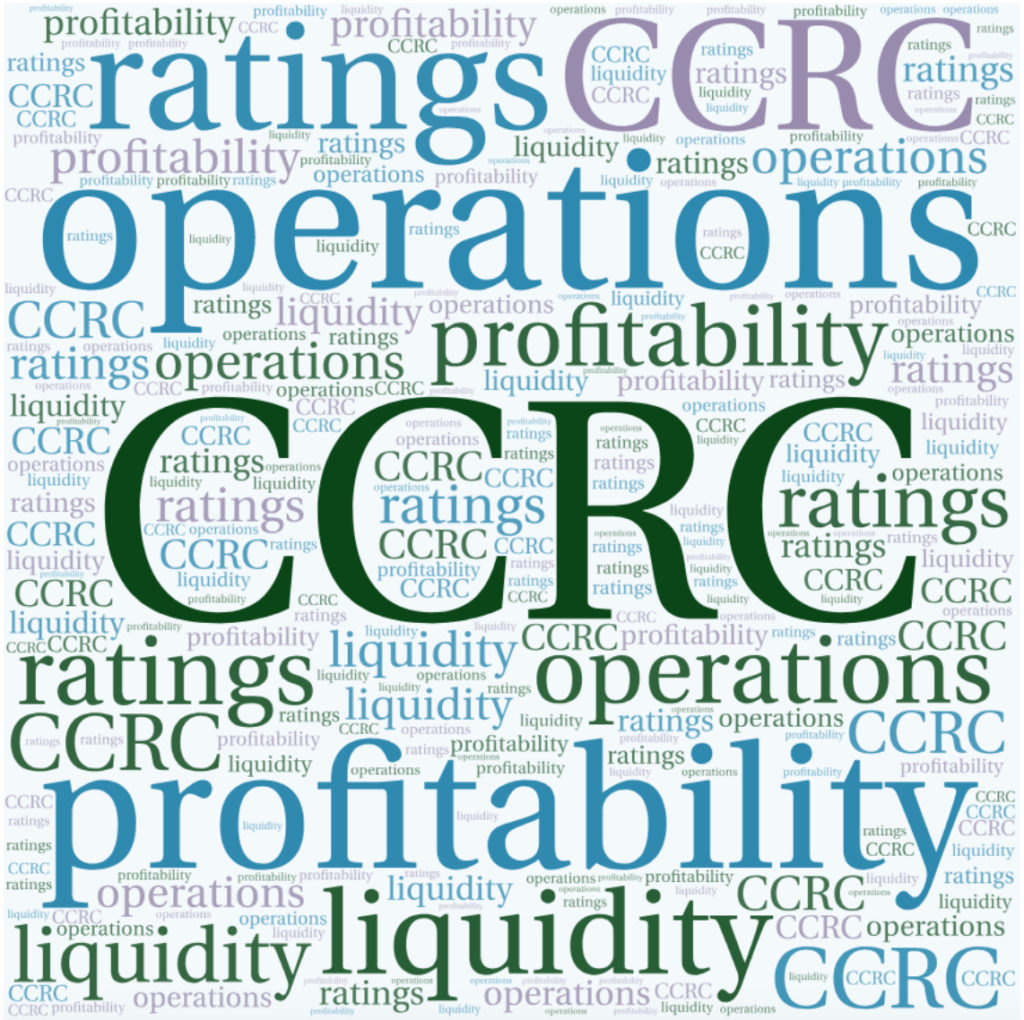
Occupancy in continuing care retirement communities fell 1.4 percentage points from the fourth quarter to 84.3% through the first quarter of 2021, according to data released Friday by the National Investment Center for Seniors Housing & Care.
Overall, CCRC occupancy dropped 7.2 percentage points year over year, which put its occupancy 3.8 percentage points higher than non-CCRCs, according to NIC MAP data.
The mid-Atlantic, Pacific and Northeast regions showed the biggest CCRC and non-CCRC occupancy rate differences, according to NIC. The weakest occupancy rates for both CCRCs and non-CCRCs were in the Southwest. The greatest difference in CCRC and non-CCRC occupancy was in the Mid-Atlantic region, with an 11.3 percentage point difference.
Overall, independent living in CCRCs had 88.6% occupancy in the first quarter, with assisted living and memory care each having 82.5%, and skilled nursing having 76%. Among non-CCRCs in the same time period, the independent living care segment had 79% occupancy, followed by assisted living with 75.3%, memory care with 74.3%, and skilled nursing with 73.6% occupancy.
The difference in first-quarter 2021 occupancy between CCRCs and non-CCRCs was the highest for the independent living segment, with a difference of 9.6 percentage points. The memory care segment saw an 8.2 percentage point difference between the two, followed by an assisted living care difference of 7.2 percentage points and a difference of 2.9 percentage points in skilled nursing.


